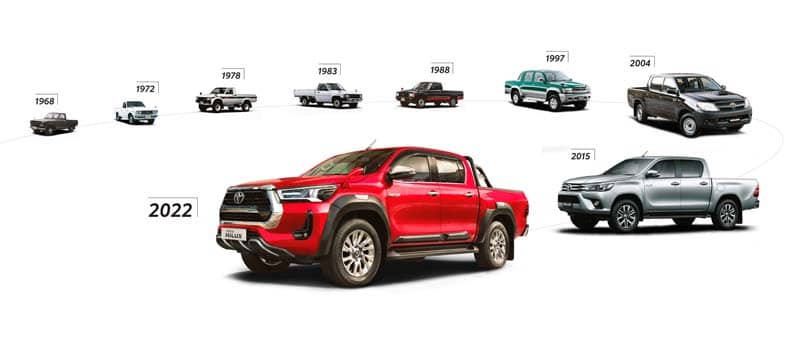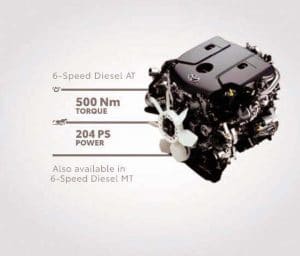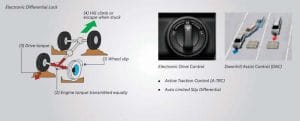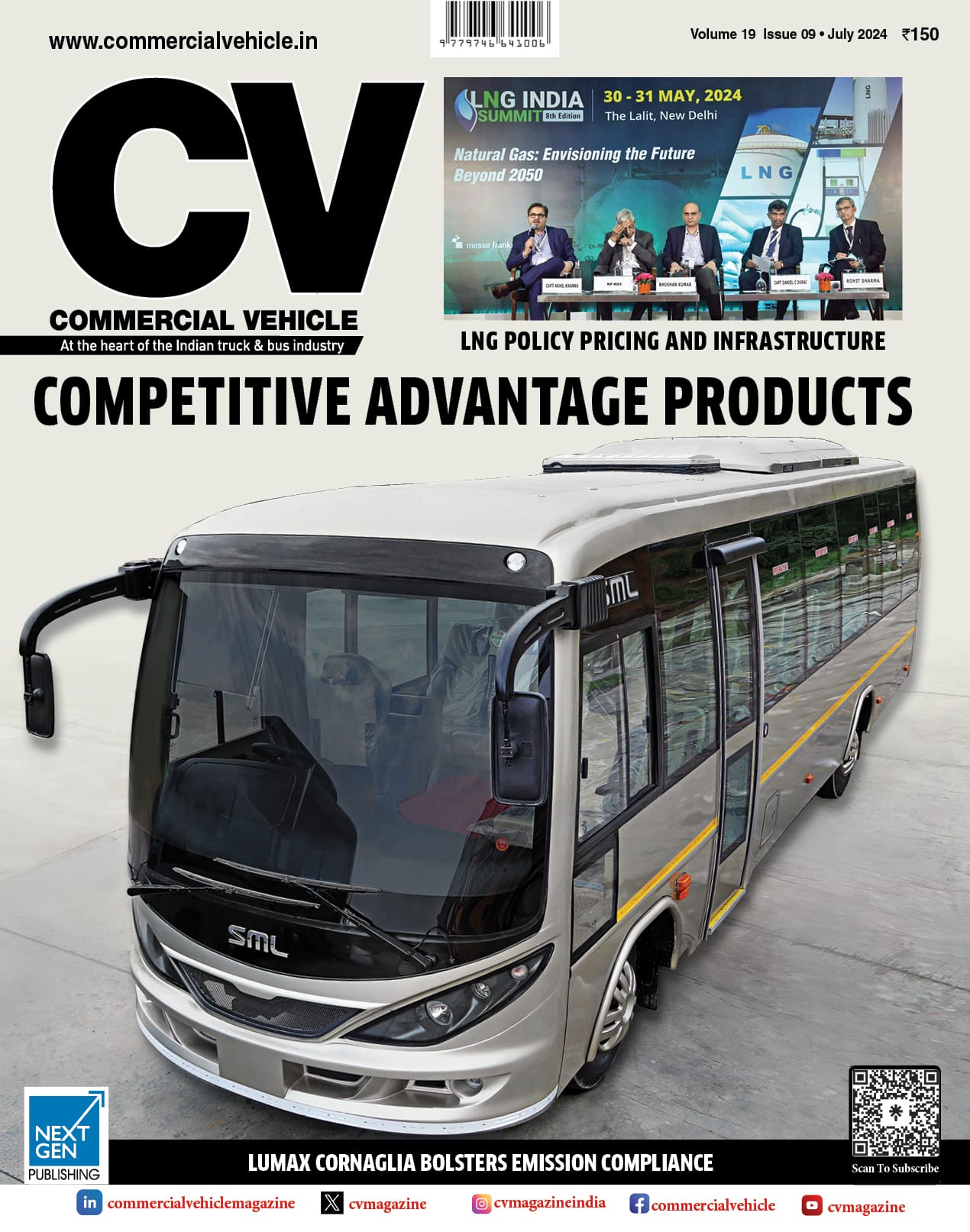The Toyota Hilux heats up the pickup segment in India. Ashish Bhatia looks at offerings for commercial use.


Toyota Hilux made its way to India in January 2022, five decades after being launched in 1968. Its global sales of over 20 mn units with eight generations in over 180 countries make for a strong business case in India. Toyota Kirloskar Motors (TKM), in its virtual launch, unveiled the Group’s plan with the ‘High’ on ‘Luxury’ pickup truck in India. Known the world over for its off-road capabilities, the Hilux is claimed to have survived extreme circumstances and lived to tell the tale. This, perhaps is also its biggest selling point as a commercial vehicle, if one were to keep the initial cost of acquisition and cost-benefit analysis on its Total Cost of Ownership (TCO) aside to focus purely on the utilitarian genes of the Hilux.
The pickup goes head-on with the likes of Isuzu D-Max in India and is undoubtedly a more premium offering in three variants expected to score, in performance, over the mainstay offerings from Indian Original Equipment Manufacturers (OEMs) in the country. Positioned as the premium flagship, in its segment, the Hilux, notably, draws its identity from the Toyota Innova and Fortuner, sharing the IMV2 platform known to have done well for Toyota India. Sharing uncanny commonalities with the Fortuner, it holds its own though. Even though the OEM refrained from spilling the beans on the price (Ex-Showroom) and commercial delivery timeline, it can be expected to take place over the next quarter.
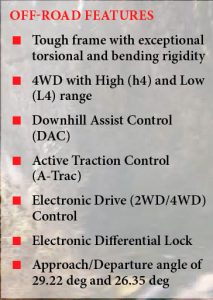 Bookings were opened for the Hilux, however, within a fortnight of its launch, the Group has confirmed a temporary halt dampening the excitement a tad bit. Claimed the TKM spokesperson in a press statement, “The iconic Hilux has been recently launched in the Indian market to cater to the needs of customers seeking an incredible lifestyle utility vehicle. We are delighted with the overwhelming response that the Hilux has received from our customers within a fortnight of its launch.” The statement further explained the decision to halt bookings. “We are grateful to our valued customers for their continued trust and confidence in our brand and our enhanced offerings in this whole new product segment. However, in light of various factors impacting our supply, we are unable to meet the heightened demand. Thus, we deeply regret our temporary halt of bookings for the Hilux to avoid any further inconvenience to our customers.” “We will continue our best efforts to resume the Hilux bookings at the earliest possible opportunity, to provide the best customer experience.” the TKM spokesperson stated.
Bookings were opened for the Hilux, however, within a fortnight of its launch, the Group has confirmed a temporary halt dampening the excitement a tad bit. Claimed the TKM spokesperson in a press statement, “The iconic Hilux has been recently launched in the Indian market to cater to the needs of customers seeking an incredible lifestyle utility vehicle. We are delighted with the overwhelming response that the Hilux has received from our customers within a fortnight of its launch.” The statement further explained the decision to halt bookings. “We are grateful to our valued customers for their continued trust and confidence in our brand and our enhanced offerings in this whole new product segment. However, in light of various factors impacting our supply, we are unable to meet the heightened demand. Thus, we deeply regret our temporary halt of bookings for the Hilux to avoid any further inconvenience to our customers.” “We will continue our best efforts to resume the Hilux bookings at the earliest possible opportunity, to provide the best customer experience.” the TKM spokesperson stated.
Tweaked for India
According to Jurachart Jongusuk, Toyota Regional Chief Engineer, Toyota Motor Corporation, a deep analysis of the target consumers’ driving needs and varied usage of vehicles in local conditions with greater market insights was carried out before the launch. The Hilux is a testament to Toyota’s world-class engineering, enhanced safety and best-in-class comfort aptly channelised to position the go-anywhere, do-anything vehicle, he said. The cosmetic appeal is supplemented by a tough skeleton and is likely to appeal to the commercial operators given the gruelling needs on any given day at work, in comparison to adventure enthusiasts which it is primarily focused on. The Hilux comes along with a high-performance, heavy-duty turbo engine with added claims of maximised frictional efficiency courtesy of diamond-like carbon coating adopted on the piston rings. Toyota claims to offer 203 hp power at 3000-4000 rpm and a peak rated torque of 500 Nm (best-in-class) at 1600-2800 rpm through the BSVI 2.8-litre, four-cylinder, in-line diesel engine. It is mated to a six-speed automatic transmission in the top variant. To enhance driveability, the pickup incorporates variable full control to the power steering. This is claimed to make the steering lighter, at low speeds, in city traffic conditions and heavier at higher speeds especially when cruising on the highway. The steering dynamics are known to change with the eco and power drive modes. The switch from either mode is complemented with intelligent adaption.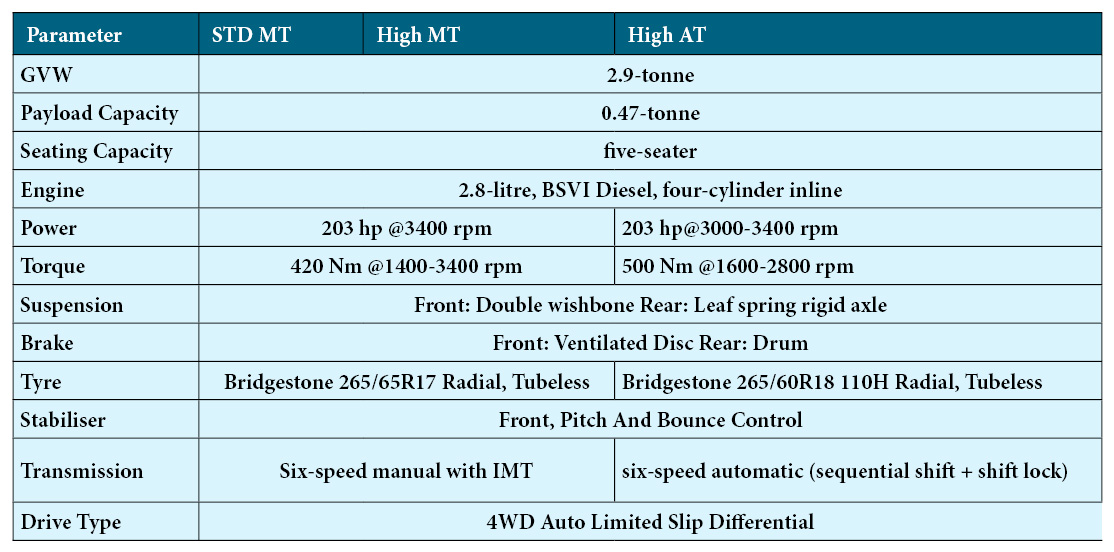
On the utility front, Hilux measures 5235 mm in length, 1855 mm in width and 1815 mm in height offering a 216 mm ground clearance with a 29.22 degrees (0.51 rad) approach and a 26.35 degree (0.46 rad) departure angle. It features a large deck measuring 1555 mm by 1540 mm with a 0.47-tonne rated payload capacity and an unbraked towing capacity of 0.75-tonne. Built on the proven Multi-Purpose Vehicle (MPV) platform, the company is confident of setting new benchmarks in 4×4 off-road performance. The rigid frame is complemented by Active Traction Control (A-TRC), Auto Limited Slip Differential (LSD) especially for the uphill climbs and Downhill Assist Control (DAC). It offers a water wading capacity of 700 mm aimed at drive ability across Indian streams, in outdoor trails. This is expected to aid the operator when tackling uneven surfaces and narrow pathways, smoothly.
A Proven mettle
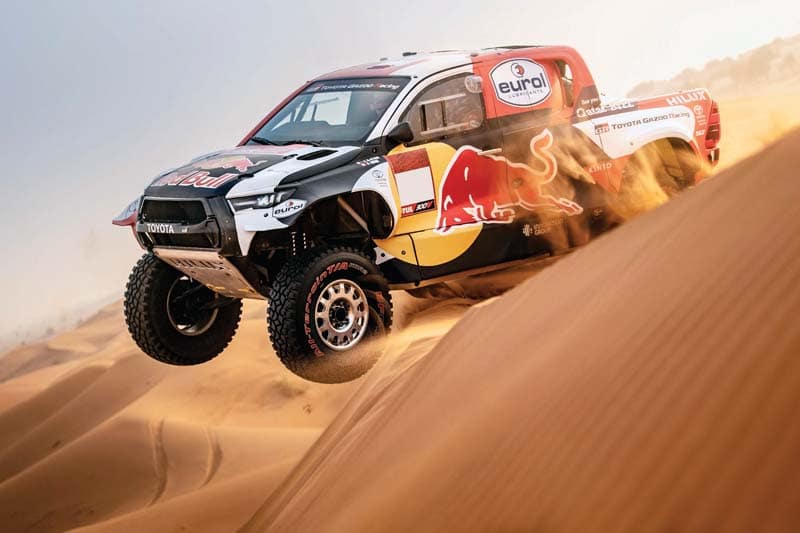
The operator has access to crucial metrics like a tyre angle monitor to gauge the tyre orientation for enhanced controllability. The wheel articulation and the differential lock is credited for the off-road capabilities that the Hilux is synonymous with. It has proven its mettle time and again at the North pole, South pole and the recent Dakar rally known as the off-road endurance flagship event. Toyota, at Dakar, raced the GR DKR Hilux T1+ this year. The Dakar version of the Hilux is known to have exited the prototype stage production version featuring the Land Cruiser 300 V6 twin-turbo engine, worked on in the stock form. In India, the Hilux while scaled down from the endurance version has enough going for it in terms of a built on learnings gathered from eight previous generations and an over five-decade legacy to mark this new chapter. Coming in with a five star Asian NCAP rating, Hilux lays to rest any doubts regarding the safety offerings in the India avatar too. There are seven SRS airbags that go beyond the recent six airbags mandate among other critical safety features on-board (refer to the key specifications table).
Setting aside a scepticism of critics citing its upgrade with the Toyota Tacoma among other variants, its India entry is deemed apt given that it will stretch the segment benchmark from current contenders in its inimitable way. The big question, though, beyond the off-road capability and proven utilitarian capabilities, is, as a defacto choice of personal ownership, will the Indian Hilux pull the cost-conscious fleet operator towards it? If he or she chooses to, they stand to benefit from the three years or 100,000 km warranty, an extended warranty of five years or 150,000 km, express maintenance within 60 minutes at all Toyota dealerships. As of Jan 01, 2022, there are 277 sales outlets, 342 service centres and 276 touchpoints. Buyers can also look forward to availing themselves of roadside assistance of up to eight years of ownership with the first three years free of cost. Besides, the Toyota Connect app. and ‘Smiles’ service value pack, and additional benefits include the Toyota Trust and Toyota Financial Services arm access for working around the initial high cost of acquisition from a commercial mind set. One can look at global markets like Europe to draw inspiration where the Hilux commercial range drives business as a single cab, extra cab and double cab variant with a payload capacity of 1.04-tonne and a towing capacity of up to 3.5-tonne or neighbouring countries like Bhutan where I found the previous generations to be a popular choice. It will be interesting to see how TKM caters to this niche, if it choses to!
Also read, Hilux Prices revealed.





